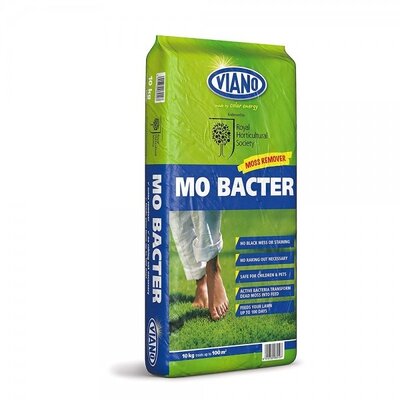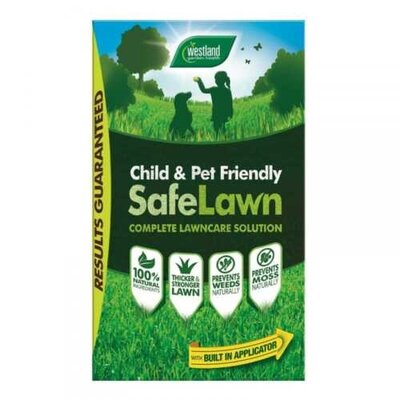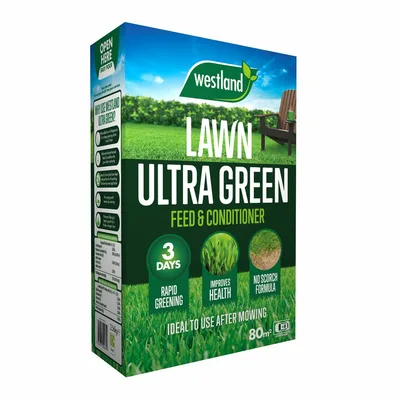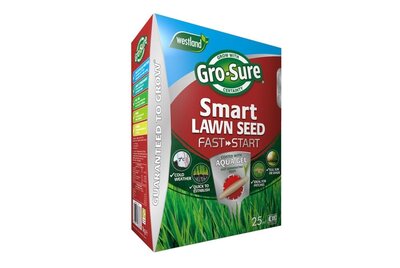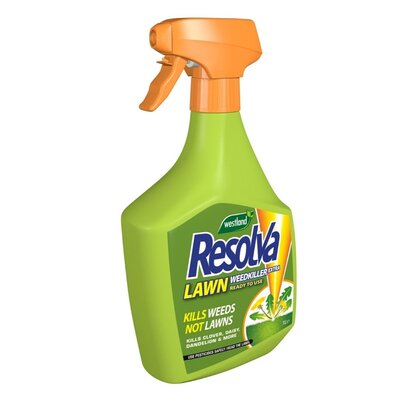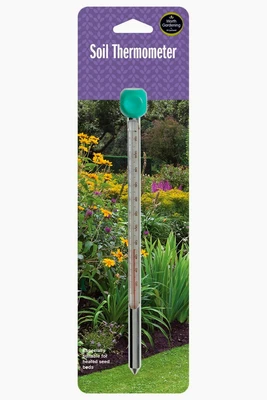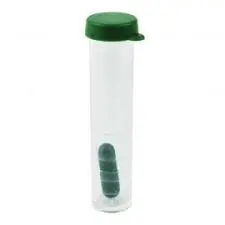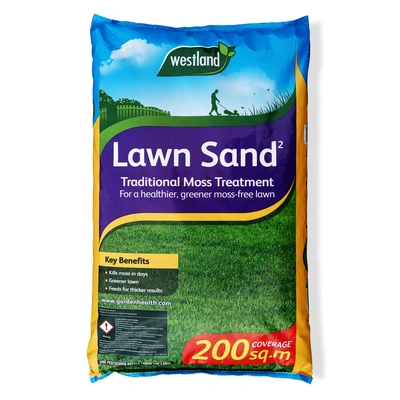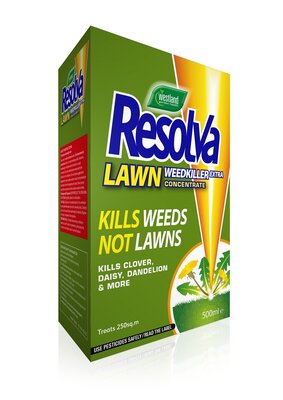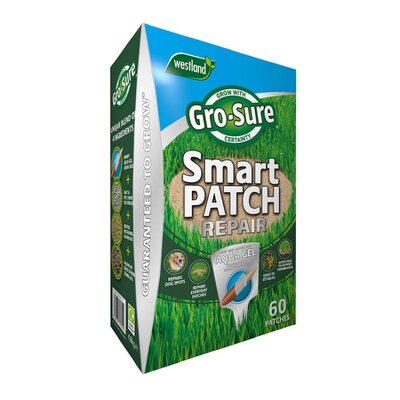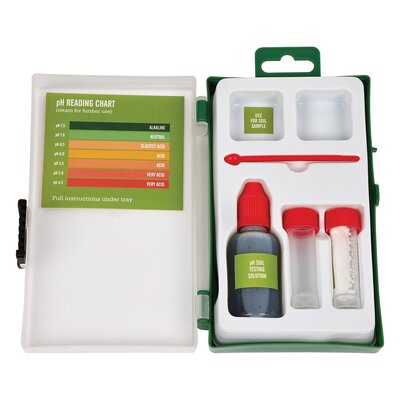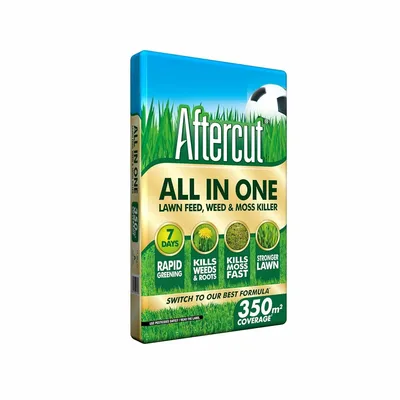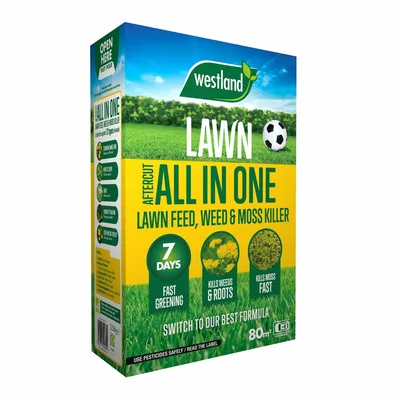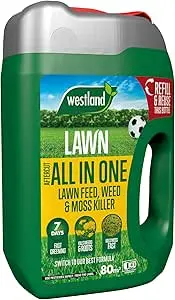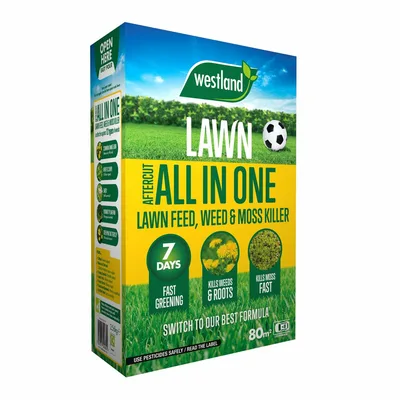Lawn Care
Everything you need for a bright-green, healthy and perfect lawn can be found right here in our webshop. Our assortment of lawn care consists of lawn food, lawn seeds, weed killer and everything you need before and after you cut your lawn. Order your lawn care easily in our webshop.
A Guide to Lawn Care: The Basics of Maintaining a Beautiful Lawn
You will love your home’s beautiful lawn even more when you know how to take care of it. The appearance of your property is one of the first things visitors notice, and the look of your grass can be the difference between selling your house or staying put. You might cringe at the thought of spending time on lawn maintenance, but there are plenty of benefits to keeping a tidy yard. Lawn care not only improves curb appeal but also helps keep you healthy and happy. A gorgeous lawn is also an excellent conversation starter if you’re looking for a new neighbor!
Maintaining a Healthy Lawn
A healthy lawn is a beautiful lawn. To get this lush, green lawn, you need to provide the proper nutrients and irrigation. Healthy lawns are lush and green, and they aren’t just attractive to look at—they also reduce soil erosion, improve air quality, and help with water conservation. Disease-free lawns also work to reduce noise pollution. Lawn mowing and aeration can reduce noise pollution by as much as 50 percent. This is because growing grass acts as a natural sound barrier. A healthy lawn will also help reduce the amount of CO2 in the atmosphere. Soil scientists estimate that healthy soil can sequester as much as 10 percent of the CO2 we produce each year.
Understanding Your Lawn
Before you can take proper care of your lawn, you need to understand what it is. A lawn is a type of low-growing vegetation that is designed to be walked on. Most lawns are mixtures of grass, weeds, and assorted other plants. Many lawns include a mixture of many different types of grass. Lawns come in many varieties. The most common types of lawns are tall fescue, bluegrass, and rye. Lawns are great at reducing noise and providing a green space for relaxation and play. Lawns are also an excellent resource for family bonding time and exercise! Lawns can be planted in either a sunny or shaded area. The type of grass you plant should be tailored to the amount of sunlight your lawn receives. Lawns can also be planted in sandy or rocky soil.
Mowing Is The Key To A Healthy Lawn
The most important part of lawn care is mowing. You should mow your lawn about every 3 weeks. The ideal amount of time for mowing your lawn will depend on the type of grass you have. Mowing your lawn too little can make it yellow and patchy or even cause it to die. Mowing your lawn too much can make it grow very tall and make it more susceptible to disease and weeds. Mowing the grass too tall will cause it to dry out, creating a fire hazard and requiring more fertilizer to stay healthy. When you mow your lawn, be sure to mow in a clockwise pattern. This will ensure that you do not leave any uneven patches. This can also prevent the buildup of dirt and debris that could cause a fire. Be sure to clean your mower every few uses with warm water and use a mulching setting to reduce the amount of fertilizer needed.

